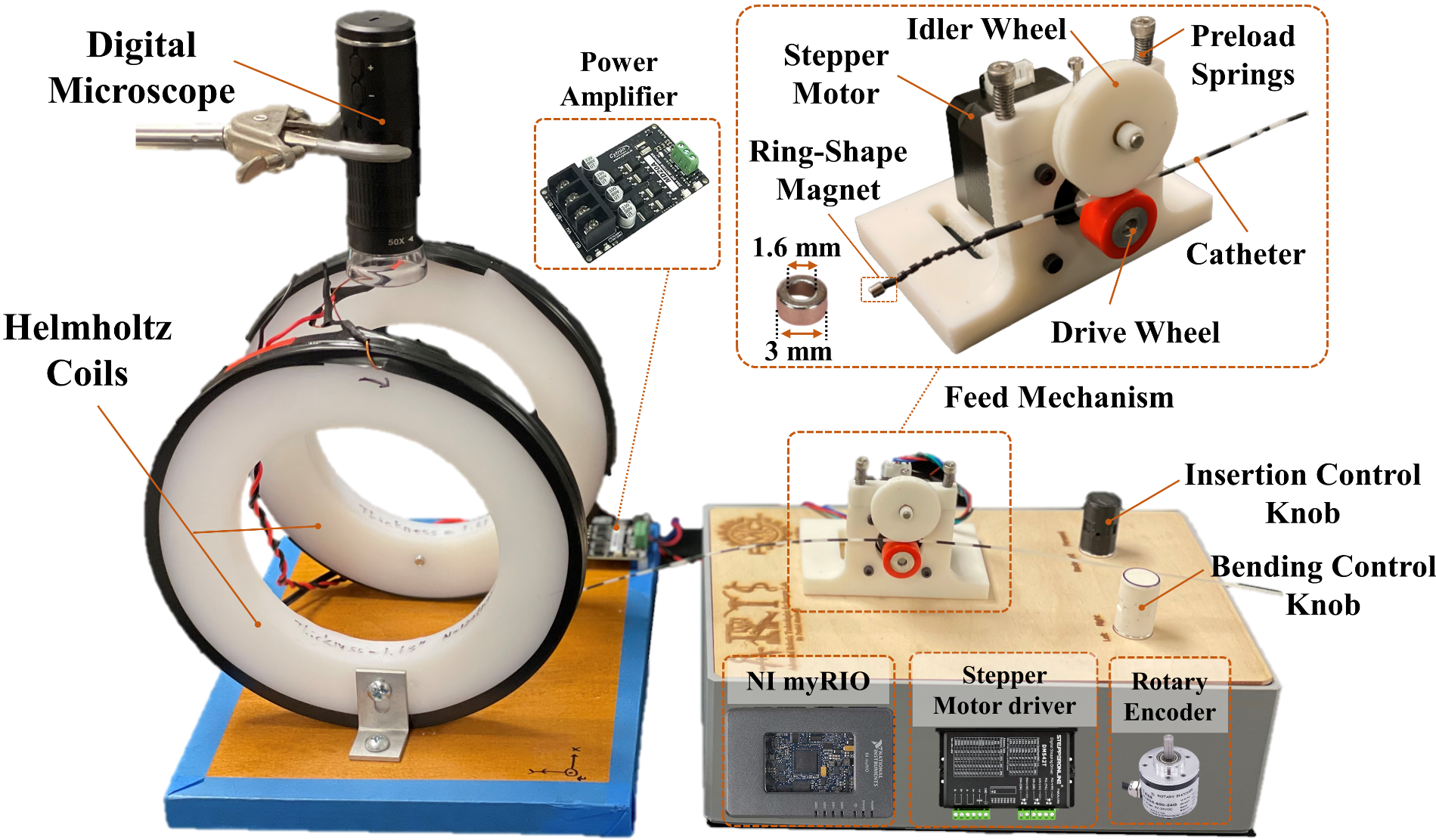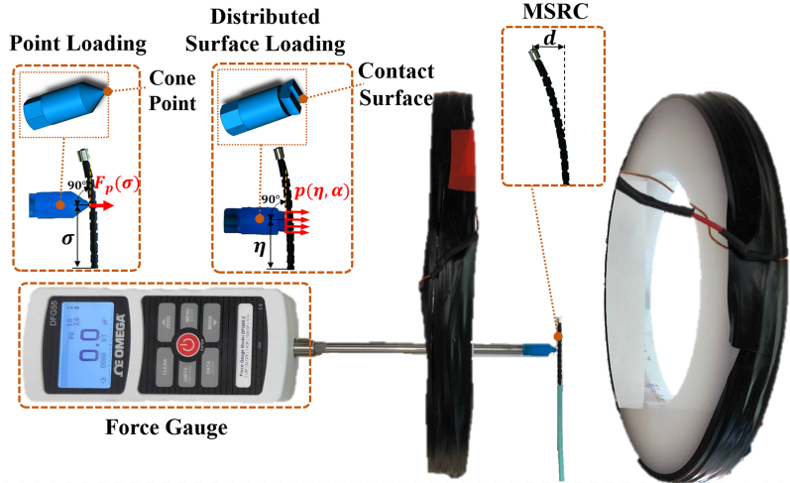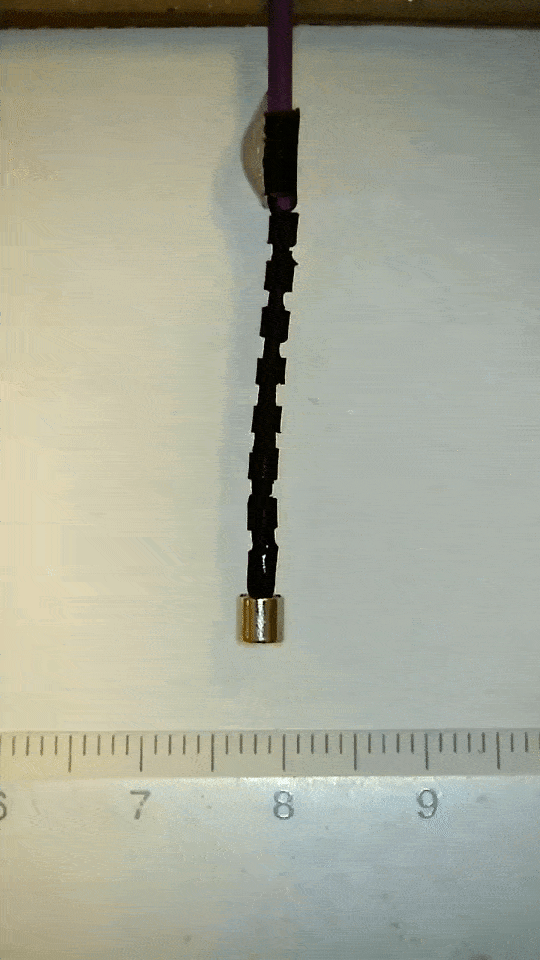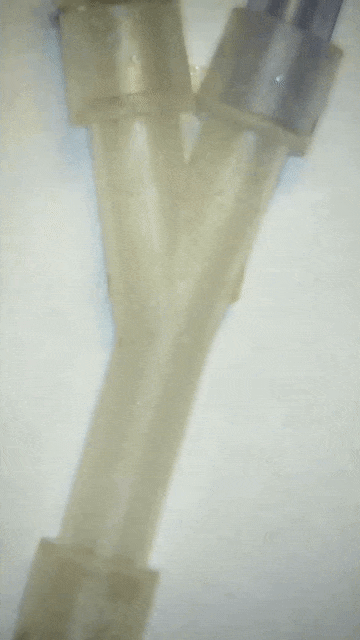Multiphysical Analytical Modeling and Design of A Magnetically Steerable Robotic Catheter
A unique multiphysical analytical modeling framework and solution algorithm to provide an effective tool for design of magnetically steerable robotic catheters (MSRCs)
This research presents a unique multiphysical analytical modeling framework and solution algorithm to provide an effective tool for design of magnetically steerable robotic catheters (MSRCs) experiencing external interaction loads. Particularly, in this study, we are interested in design and fabrication of a MSRC with flexural patterns for treatment of peripheral artery disease (PAD). Aside from the parameters involved in the magnetic actuation system and the external interaction loads acting on the MSRC, the considered flexural patterns have a critical role on the deformation behavior and steerability of the proposed MSRC. Therefore, to optimally design such MSRC, we utilized the proposed multiphysical modeling approach and thoroughly evaluated the influence of involved parameters on the performance of the MSRC via two simulations studies. We also conducted experimental studies in a free bending condition and in the presence of different external interaction loads on two custom-designed MSRCs to thoroughly evaluate the efficacy of the proposed multiphysical model and solution algorithm. Our analysis demonstrates the accuracy of the proposed approach and necessity of utilizing such models to optimally design a MSRC before fabrication procedure.
Background:
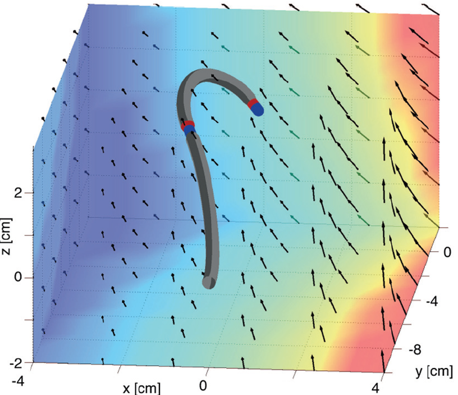
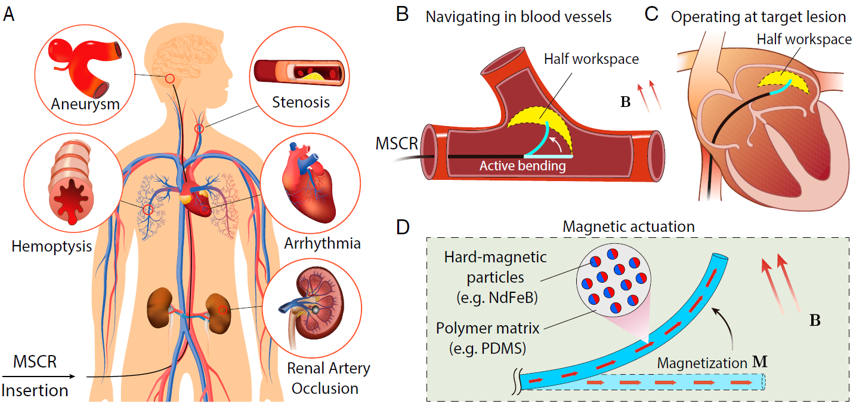
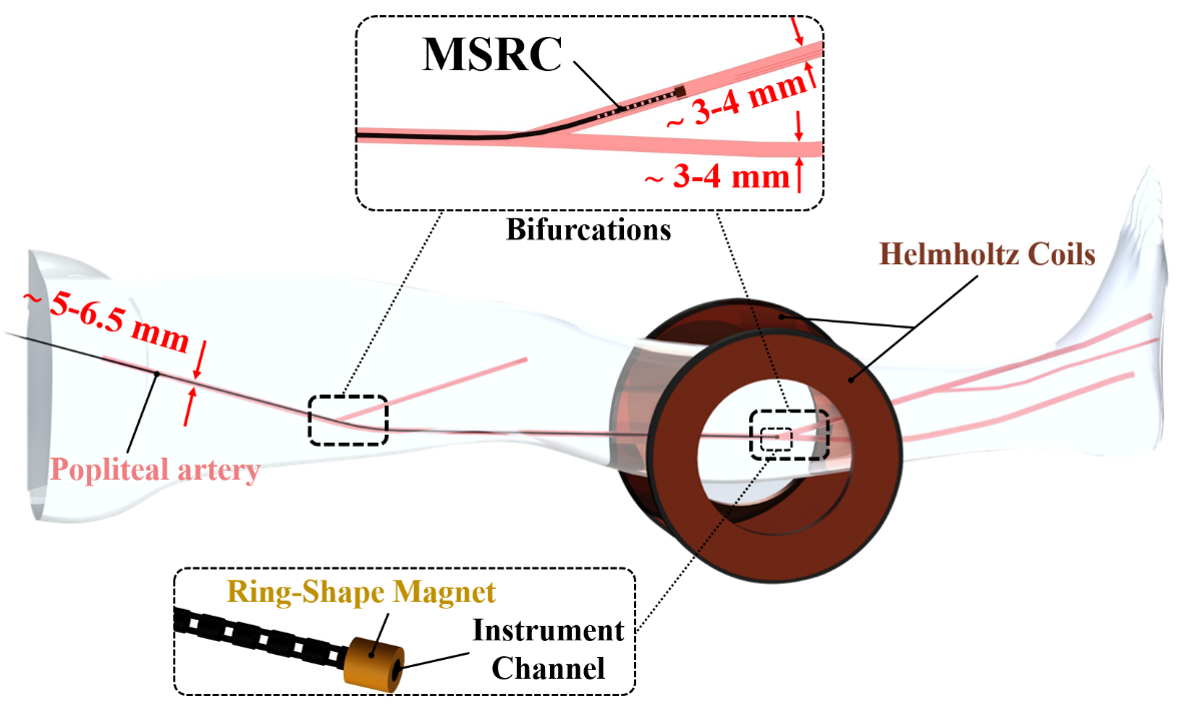
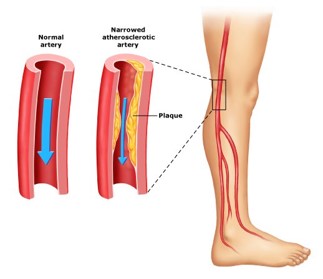
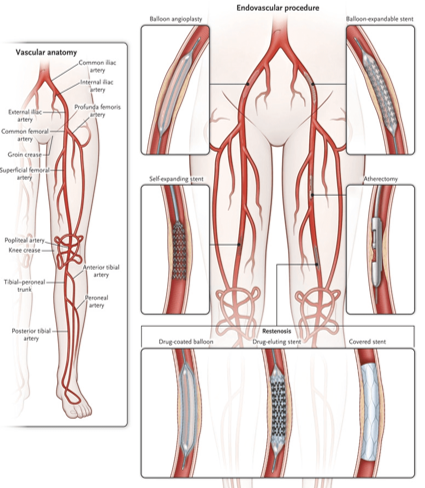
Numerical Simulation:
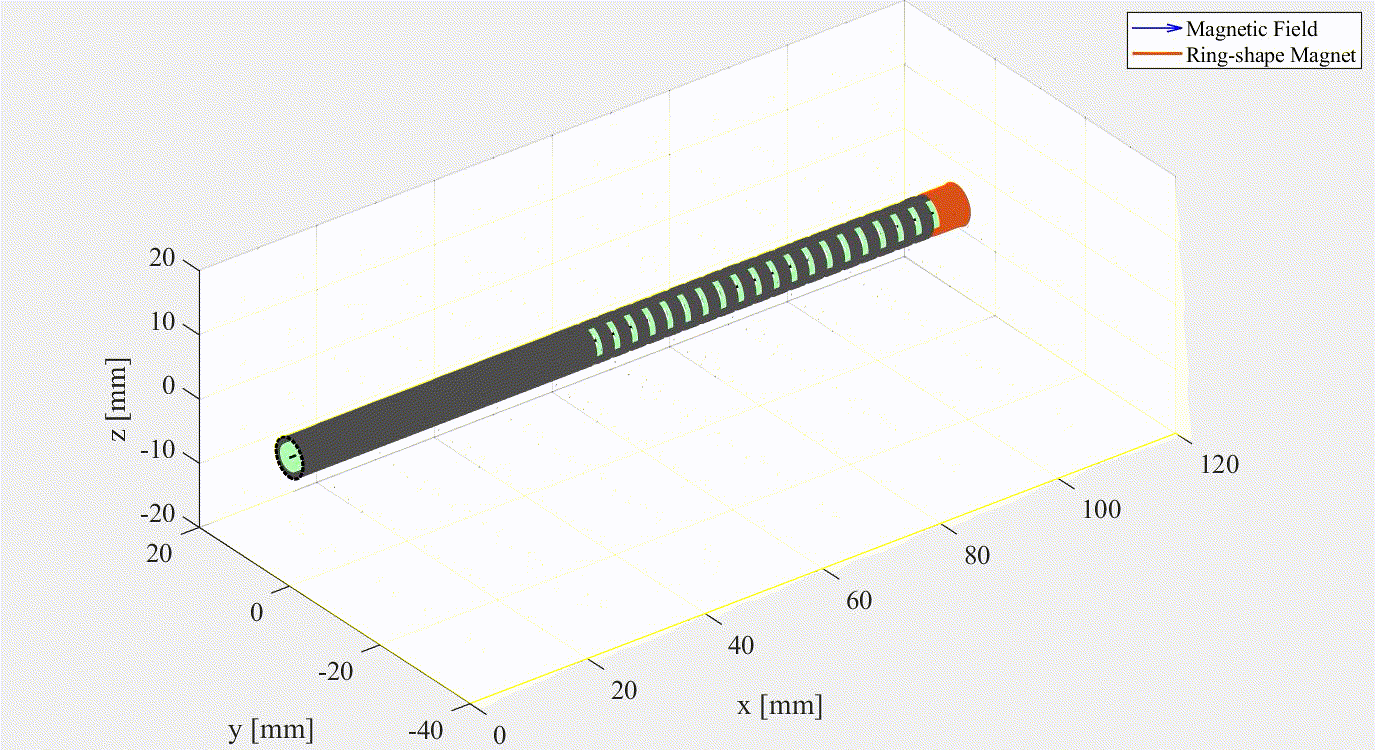
Approach:
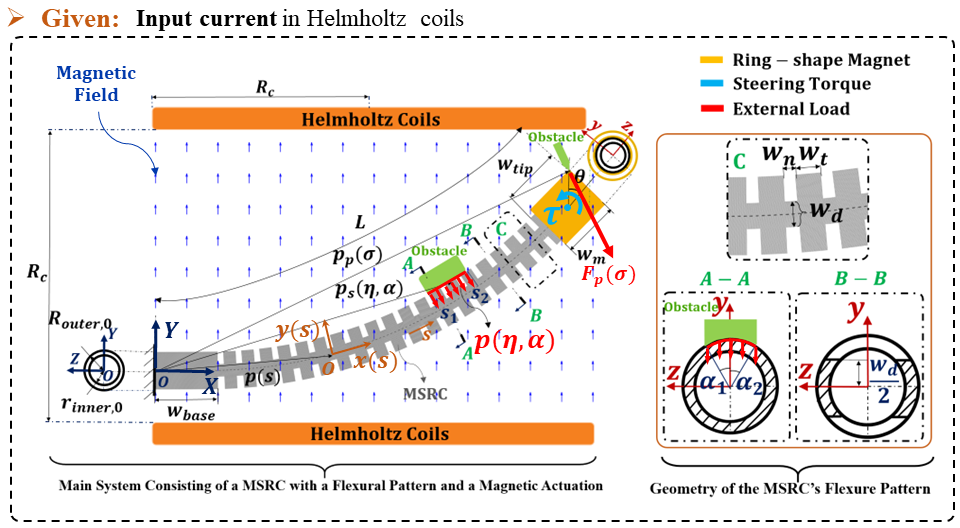
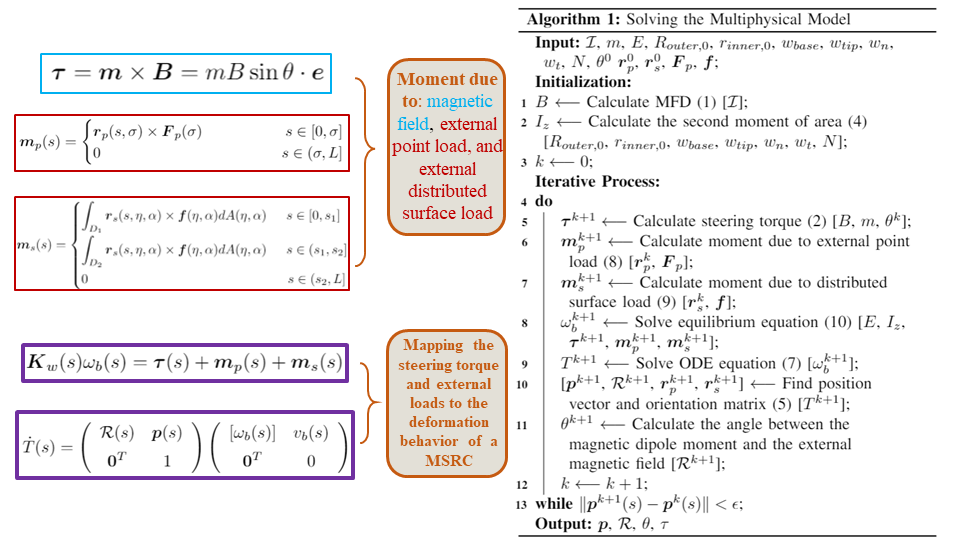
Simulation Results:



Experiments:
